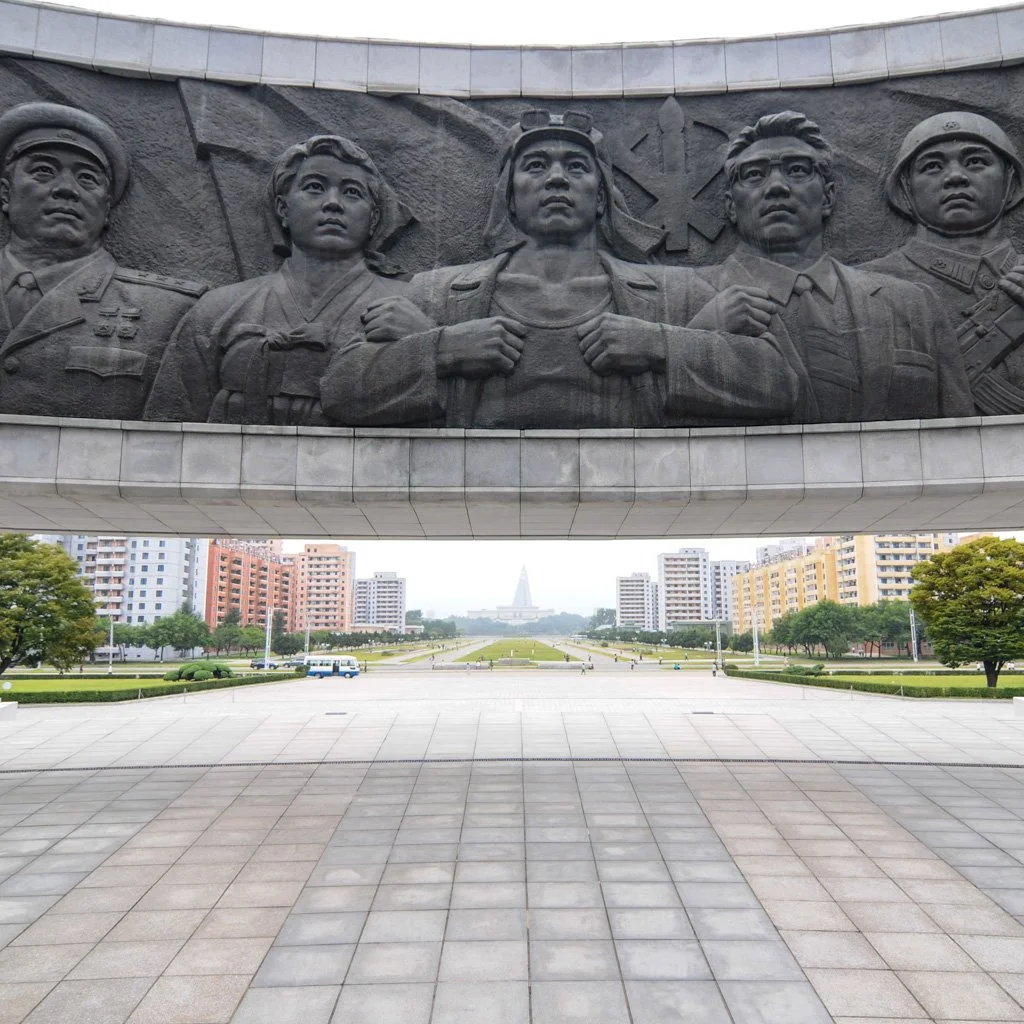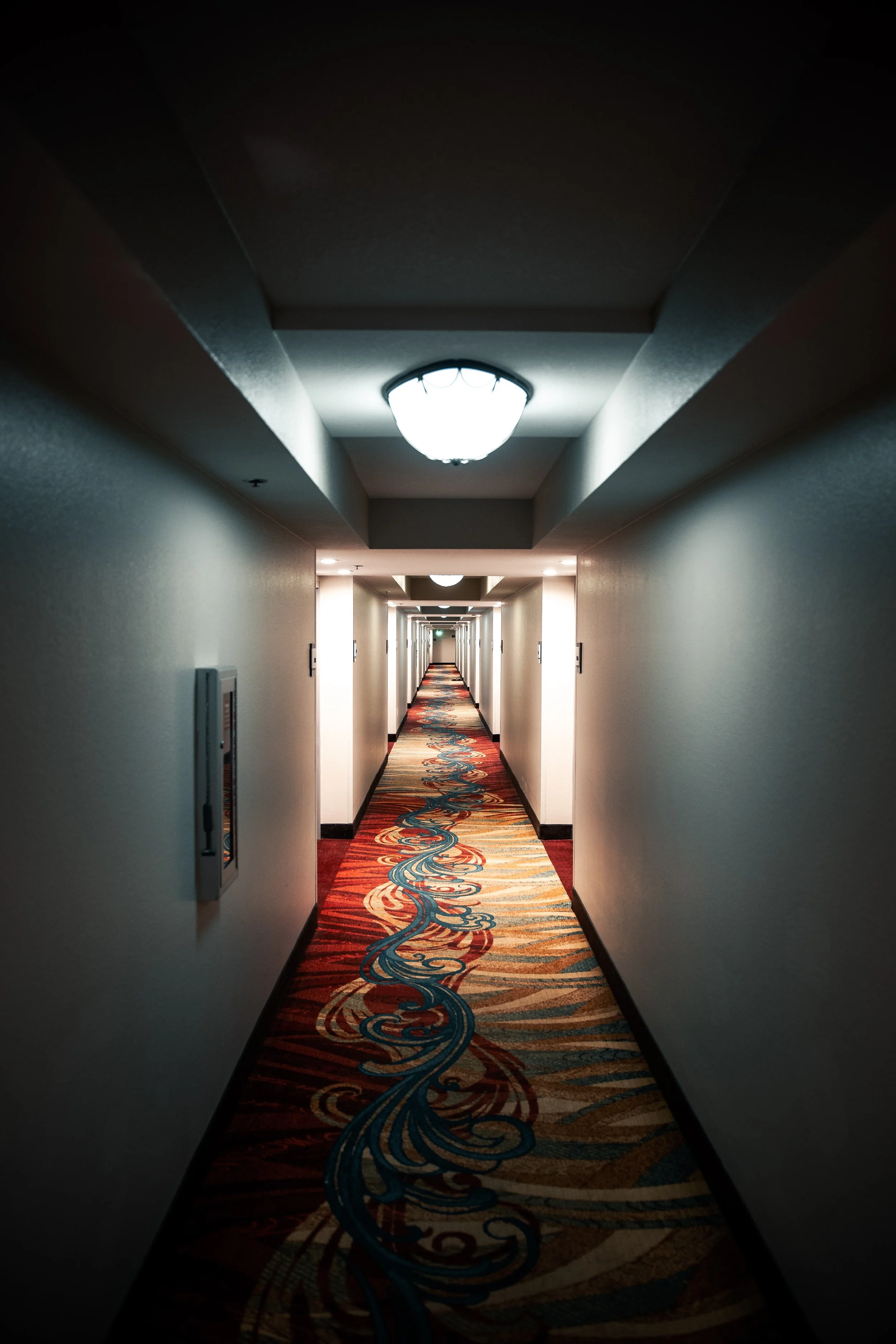Ri Chol was a close ally of Kim Jong Il’s and the organization he came to be associated with, JVIC, rose to prominence after he helped put together the Orascom deal and was given stewardship. He was even with Kim on his last official visit, to a joint venture supermarket in Pyongyang.
He also spent most of the 1980’s and 1990’s in Switzerland in various diplomatic capacities, not the least of which was acting as a minder to Kim Jong Il’s children as they studied at private school.
What might his departure portend?
A few possibilities come to mind.
- Has the JVIC fallen out of favor with the new leadership? If this is the case, Ri might be tasked with building a new organization, perhaps with a similar focus. It would seem redundant to add another, rather than reform this one, but redundancy is hardly unheard of in planned economies.
- Has Ri himself fallen out of favor? Is he being put out to pasture? Again, it is impossible to know, but it seems that such a long term friend of the Kims, who has a personal relationship with Kim Jong Un from his school days would be a key ally at this time, especially since his deals are driving economic growth in North Korea. (Though who knows? Perhaps Kim the Younger has never liked him.)
- If not an issue with Ri personally, the move could be a part of a factional reshuffling. Bartering and dealmaking for control of the commanding heights of the economy is no doubt underway as the new government consolidates its power. It might have been deemed necessary to grant control of the JVIC to another group of Pyongyang movers and shakers - of which Ri Chol is not a part.
- Also very possible is that the very top leadership is planning to give Ri some new responsibility elsewhere. JVIC may have been judged to be running smoothly enough that Ri's skills would be more effectively used another important organization.
This of course is highly speculative. All we really know is that Ri Chol, with a track record of securing investment, has left the JVIC. Whatever the case may be, he is worth watching in the coming months, as Pyongyang is compelled to keep investments from China and elsewhere coming.
You can read a longer bio on NK Leadership Watch.







